Blog Posts Tagged Technical Content
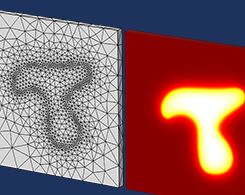
Combining Adaptive Mesh Refinement with Data Filtering
In a follow-up to our previous blog post on data filtering, we demonstrate how to implement adaptive mesh refinement and a Helmholtz filter for a thermal model with a nonuniform heat load.
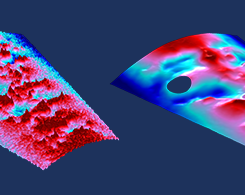
Using Data Filtering to Improve Model Performance
Want to include experimental data in your model as a load or boundary condition, but the data varies over space or time and is noisy? Try implementing data filtering, such as a Helmholtz filter.
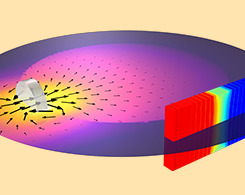
How to Model a Hall Effect Sensor with COMSOL Multiphysics®
Basic working principle of a Hall effect sensor: A nearby magnetic field deflects the path of current through a semiconductive sensor, which causes a measurable change in potential.
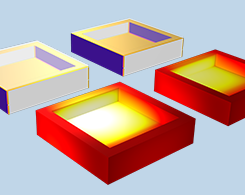
Which Radiation Interface Should I Use for My Heat Transfer Model?
Compared to the mechanisms of heat transfer by conduction and convection, heat transfer by radiation has unique characteristics. How should you account for radiation in your heat transfer models?

Modeling Thermomechanical Fatigue in COMSOL Multiphysics®
You can analyze thermomechanical fatigue in COMSOL Multiphysics® using experimental data from fatigue testing and material parameters from literature. A guest blogger demonstrates…
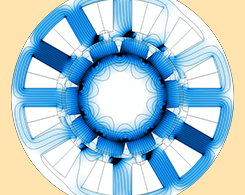
Analyzing Electric Motor and Generator Designs with COMSOL®
Using electromagnetics simulation, you can investigate and optimize the magnetic field distribution, mechanical torque, and iron usage and losses in a permanent magnet motor or generator.
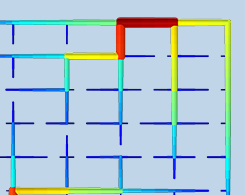
Designing District Heating Networks Using Topology Optimization
District heating networks help power plants reach high efficiencies by utilizing cogeneration, which is especially helpful in the winter. How does topology optimization fit in? Keep reading…
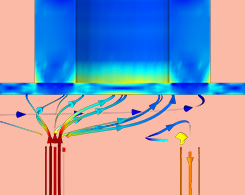
How to Simulate a Piezoelectric Micropump
Learn how to combine piezoelectric materials with fluid-structure interaction effects, use a velocity-dependent formula, and set up disconnected mesh between the solid and fluid domains.
